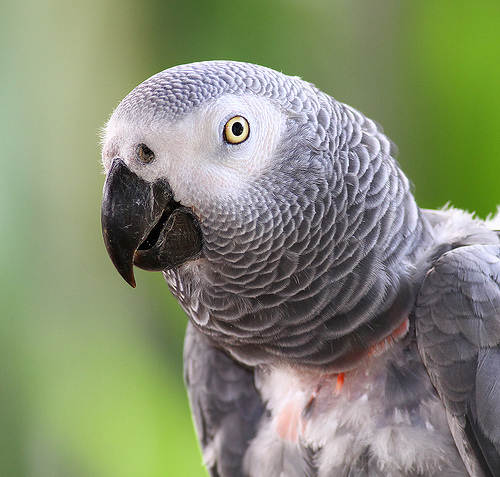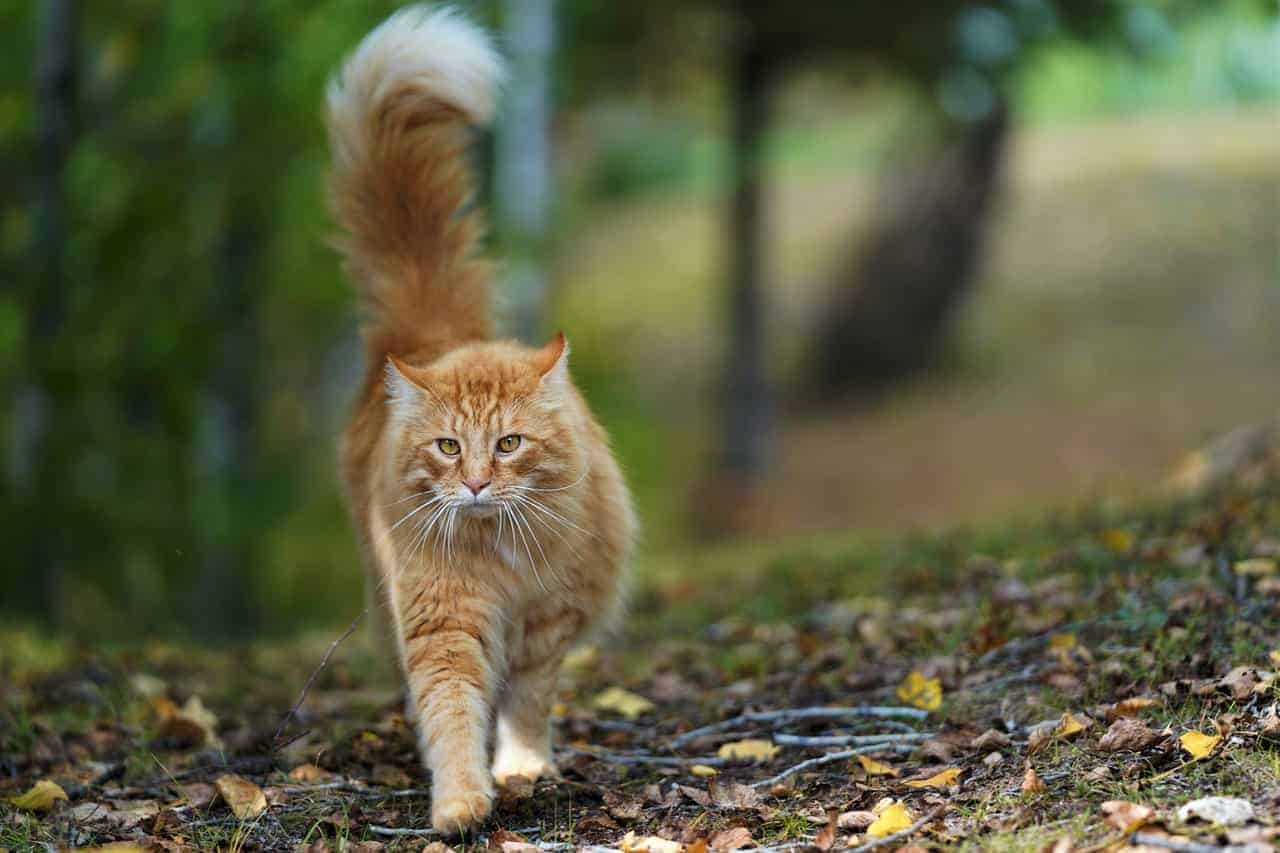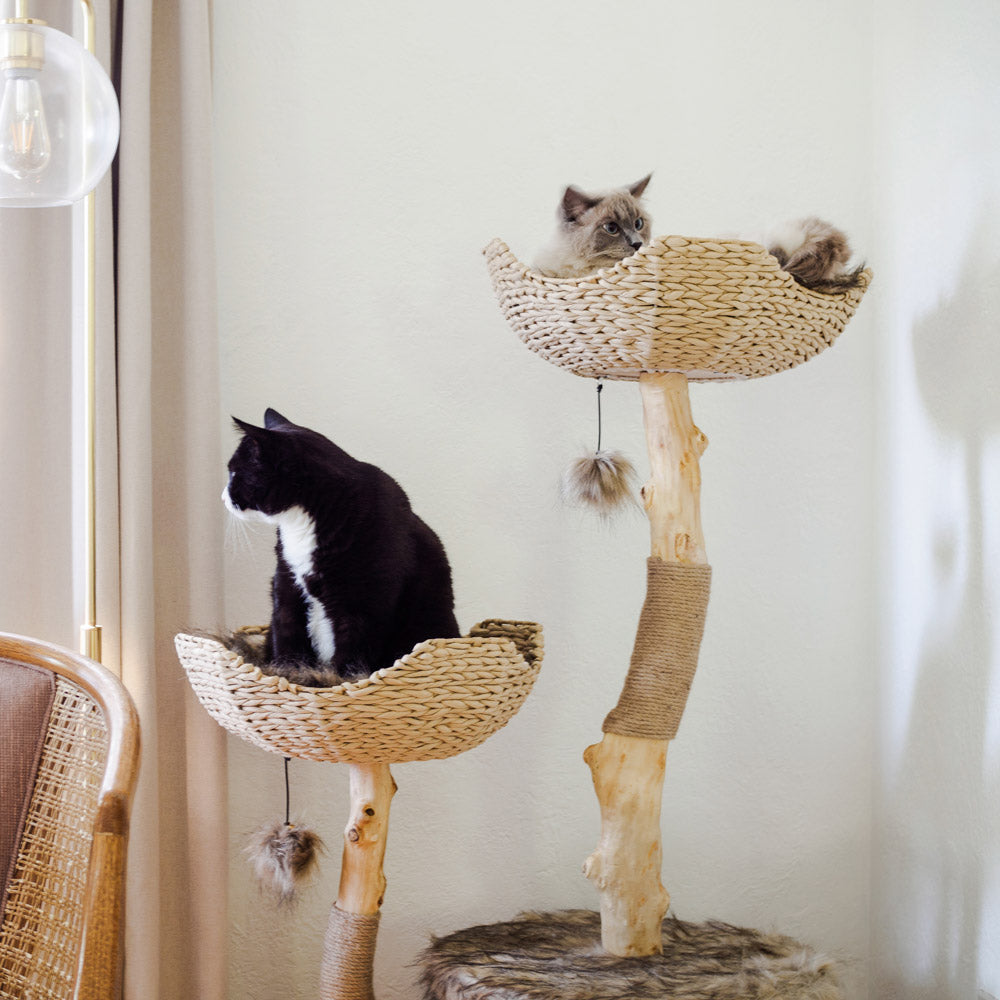Ah, the ever-present debate: do cats have knees? Although there are many mysteries about the mystery floof in your lap, we decided to get on this one. We were able to get down to the business with a bit of elbow grease and the assistance of a feline physical therapy. Do cats have knees?
Also Read: A Basic Introduction to Prodigy: Nice and Engaging Math Game
Do cats have knees Or do cats have elbows?
Quadrupeds are cats that walk on all four of their legs. This means they must have four legs if they can walk on all four of their legs.
The science is simple. There are two types of joints below the floof. The hinge-like joints are found on the front legs, while the kneecaps or patellas can be found on the back. You see where I am going?
You and your friend may be right if you claim your cat has elbows but your friend claims your cat has knees. Cats have knees in the back and elbows in the front.
How do cat knees differ from human knees?
Yes and no, according to Natasha Bui PT, DPT. CCRT, owner Amicus Rehab. Bui says that cat knees look very similar to human knees. Kitties can walk on four legs while we can walk on two. One key difference is the angle between the cat’s knees and her hips. This angle is different between cats and humans as well as between different breeds. The angle between the knee and hip in breeds such as a Maine colon is steeper, which increases their risk of developing orthopedic problems.
What about dog knees?
Yes, even dogs have knees! Bui says that even though cats and dogs share a lot of the same anatomy, cats have evolved to be more stable and have a variety of traits that distinguish them from canines. This remarkable evolution includes the ability of cats to land safely and almost always .
RELATED Do Cats Really Live Nine Lives?
Three Ways to Keep Your Cat’s Knees Healthy
Even the most agile felines can have mobility and joint problems. Cats as young as six months can suffer from joint pain, and even osteoarthrosis. This could be due to injury, age, or excess fat. Bui suggests that there are many things cat parents can do for their feline companions to keep them happy and healthy.
1. Actively keep your cat busy.
An active cat is less likely to experience joint and knee pains than a couch potato cat. Bui suggests that you look for interactive toys and furniture to keep your furry friend on the move. You can make an obstacle course in your living area with blankets, throw pillows and tunnels. Or, you could hang shelves up on the wall to allow them to jump. To keep cats happy and healthy, they must be physically active as well as mentally stimulated.
2. Take control of your cat’s weight.
It is crucial to keep your cat at the ideal weight as early as possible for a healthy and long-lasting life. An excess weight can put more stress on the joints and increase the risk of developing arthritis. There are many factors that affect the ideal weight of cats, including gender, age and breed. Talk to your veterinarian to find out what your cat’s ideal weight is and the diet. Active lifestyle is key to healthy weight management.
3. If necessary, make home modifications
Bui suggests that modifying your home to accommodate your cat’s needs is an option if your cat friend is a senior cat. Bui states that cats will gradually lose flexibility and mobility. They will be unable to do basic tasks like jumping onto the bed to cuddle or going into and out the litter box. “Adaptive equipment like steps and ramps can help improve her quality of life, independence, and protect her joints from degeneration.”







